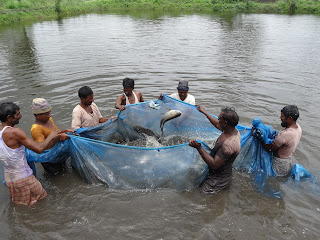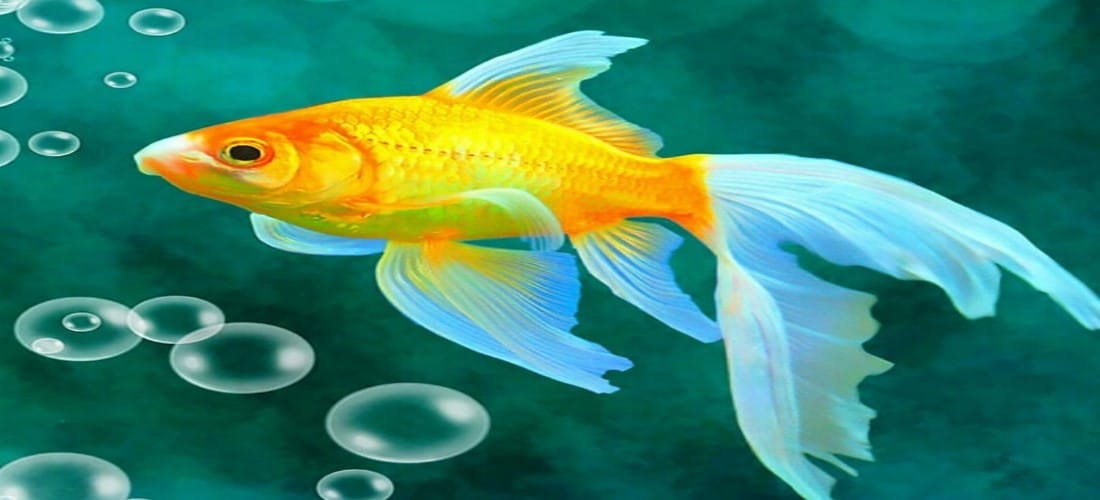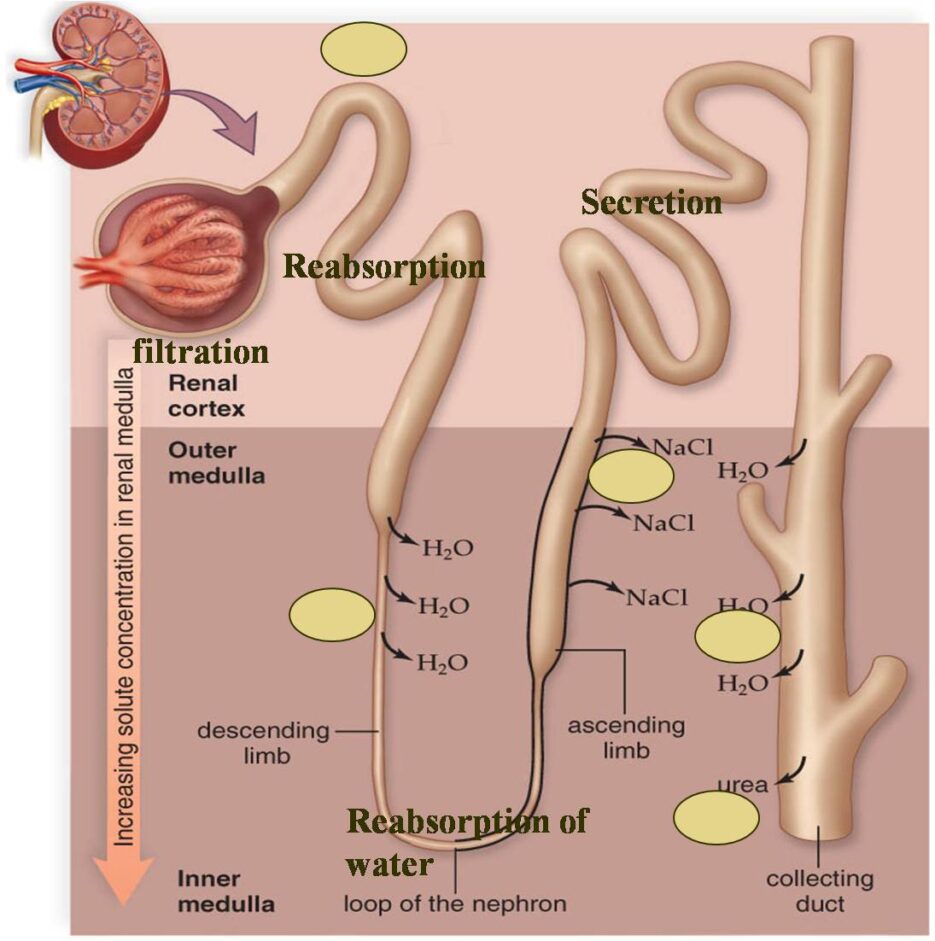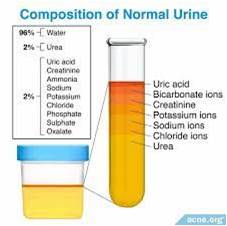Urine Formation: The production of urine is a crucial process that is frequently overlooked. The kidneys are the masters of this amazing process, which is vital to preserving our general health and internal balance. Ever wonder how your body turns waste products into a clear fluid? Let’s take a tour into the fascinating realm of urine generation and investigate its various mechanics. Urine, which is sometimes disregarded as just waste, is actually the result of complex bodily functions that demonstrate the body’s amazing balance and efficiency. We can learn more about the intricacy of our internal systems and get understanding of our own health by examining the process from filtration to secretion.
Process of Urine formation
Urine is the excretory fluid eliminated by the kidney. Formation of urine involves the Four steps :
1) Ultrafiltration
2) reabsorption
3) secretion
4) excretion
Glomerular Filtration (Ultrafiltration)
This is the first step in urine formation, and it occurs in the glomerulus, which is a small ball of capillaries located in the nephron. The glomerulus is surrounded by a cup-shaped structure called the Bowman’s capsule. The blood pressure in the glomerulus forces water and dissolved substances, such as glucose, amino acids, and salts, to pass through the walls of the capillaries and into the Bowman’s capsule. This filtrate is called the glomerular filtrate.
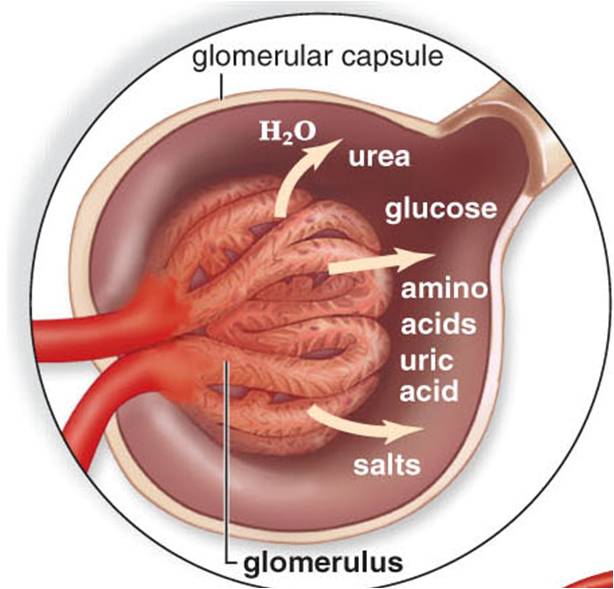
- Filtrate is forced out of glomerulus & received by Bowman’s capsule.
- Approximately 180 liters per day or 4.5 x the amount of fluid in the body is forced out into glomerulus.
- @filters 125 mL per minute
- blood pressure forces small molecules from the glomerulus to the capsule
- Filtrates: glucose, amino acids, uric acid, urea
Tubular Reabsorption
This is the second step in urine formation, and it occurs in the tubules of the nephron. The tubular cells actively reabsorb water and dissolved substances from the glomerular filtrate. The substances that are reabsorbed include water, glucose, amino acids, and salts. The substances that are not reabsorbed, such as urea and creatinine, pass into the collecting ducts and eventually become urine.
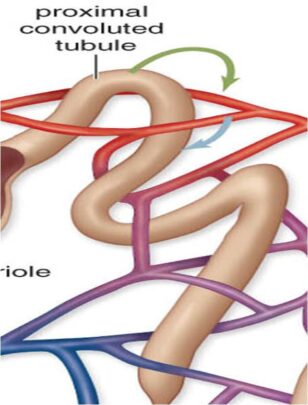
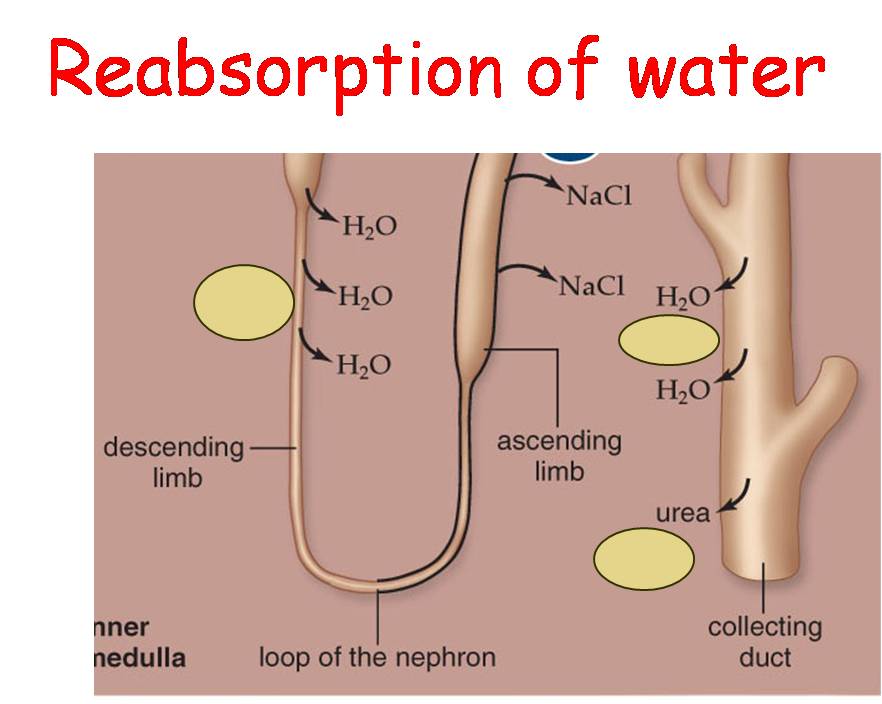
- It occurs simultaneously with secretion.
- Mostly salts, H2O, solutes, vitamins are transported back to peritubular capillaries via active transport.
- 124 mL of the 125 mL filtered out during filtration will be reabsorbed here.
- Return of filtrates from blood at the proximal tubule through diffusion and active transport
- Return of H20 via osmosis along the loop of Henle and collecting duct
Secretion
This is the third step in urine formation, and it occurs in the tubules of the nephron. The tubular cells secrete substances, such as hydrogen ions and potassium ions, into the tubular fluid. These substances help to maintain the pH and electrolyte balance of the blood.
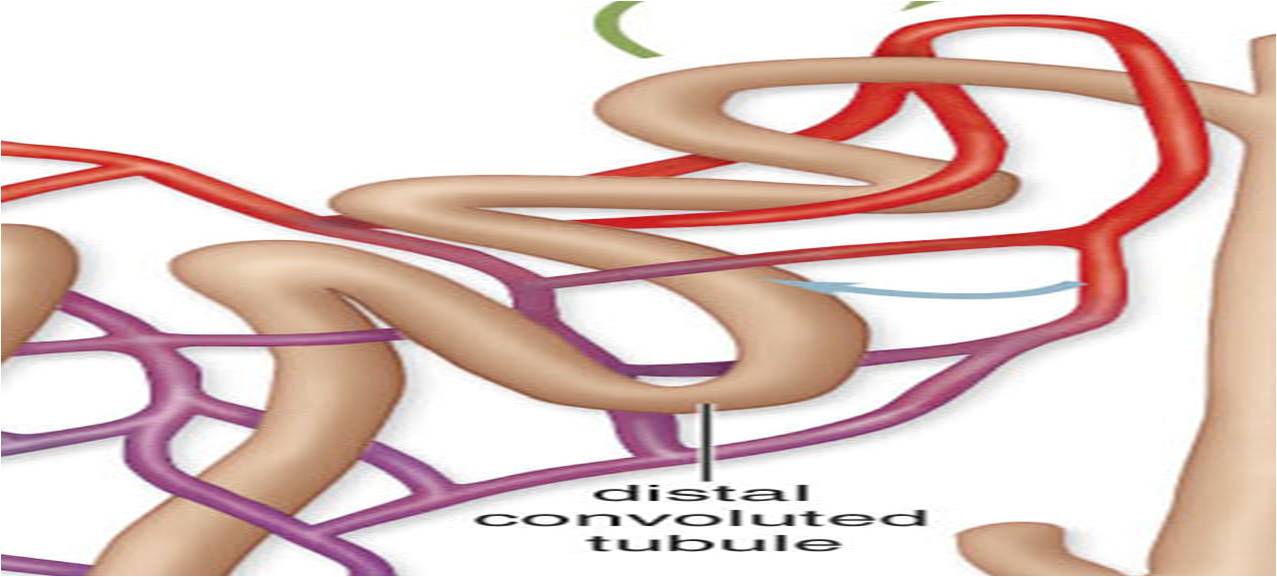
- Filtrate is passed through the renal tubule.
- Walls of the tubule are a single cellular layer of cubodial epithelium specialized for active transport.
- Molecules remaining in the plasma are selectively removed (penicillin) from the peritubular capillaries & secreted into the filtrate.
- movement of molecules from blood into the distal convoluted tubule
- Molecules: drugs and toxins
Excretion:
Remaining fluids leave the nephron and pass into the renal pelvis (funnel of the ureter) and travel to bladder until released through the urethra. Excretion of urine formed
The amount of urine produced each day depends on a number of factors, including the amount of fluid intake, the amount of fluid lost through sweating and respiration, and the body’s need to excrete wastes. The kidneys are the main organs responsible for urine formation. They are located in the back of the abdomen, and they are about the size of a fist. The kidneys filter about 125 milliliters of blood per minute, which is about 200 liters of blood per day. The kidneys remove waste products from the blood, such as urea, creatinine, and ammonia. They also regulate the body’s fluid balance and electrolyte balance.
Concentration and Dilution
The body’s fluid balance is a symphony of concentration and dilution. This symphony occurs in the renal tubules and collecting ducts, where the body adjusts water content based on hydration levels and physiological needs. Antidiuretic hormone (ADH) takes center stage, regulating water reabsorption and influencing urine concentration.
The Role of Hormones
Hormones play a pivotal role in regulating urine formation, ensuring the body’s internal environment remains balanced.
- Antidiuretic Hormone (ADH): Produced by the hypothalamus and released by the pituitary gland, ADH controls the reabsorption of water in the kidneys. When the body’s water levels are low, ADH signals the kidneys to reabsorb more water, resulting in concentrated urine.
- Aldosterone: This hormone, produced by the adrenal glands, influences the reabsorption of sodium and potassium ions in the renal tubules. By regulating electrolyte balance, aldosterone helps maintain blood pressure and fluid balance.
The Importance of Urine Composition
Urine serves as a valuable indicator of overall health. Its composition provides insights into the body’s hydration levels, kidney function, and metabolic processes. Changes in urine color, odor, or clarity can signal underlying health issues, prompting the need for medical evaluation.
Factors Affecting Urine Formation
Urine formation isn’t a one-size-fits-all process. Factors such as diet, hydration, medications, and underlying health conditions can influence the composition and volume of urine produced. Understanding these variables sheds light on changes in urine patterns and overall well-being.
Hydration and Urine Color
Ever wondered why urine color varies? The answer often lies in hydration. Pale yellow indicates proper hydration, while darker shades could signal the need to increase fluid intake. Monitoring urine color is a simple yet effective way to gauge your hydration status.
Conclusion
In conclusion, the kidneys’ intricate regulation of filtration, reabsorption, secretion, and excretion results in the creation of urine. In addition to maintaining the body’s ideal internal environment, this complex system acts as a diagnostic tool to spot possible health issues. Gaining knowledge of the principles underlying urine formation helps us better appreciate how adept the human body is at preserving its delicate equilibrium. As you decipher the depths of this complex process, keep in mind that every pee drop represents physiological balance and health.
FAQs
Is it normal for urine color to change?
Yes, urine color can vary based on hydration levels and dietary factors.
Can certain foods affect urine odor?
Absolutely. Foods like asparagus and coffee can influence urine odor.
What does cloudy urine indicate?
Cloudy urine may be a sign of dehydration, infection, or kidney stones.
Is it true that “morning urine is the best” for health tests?
Morning urine is often more concentrated, providing a snapshot of your body’s status.
How much water should I drink for optimal urine health?
Drinking around 8 cups (2 liters) of water per day is generally recommended for most individuals.

